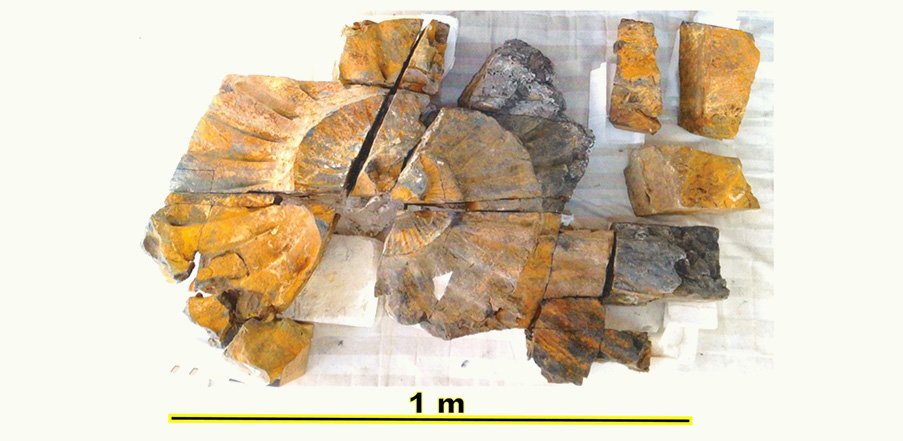Ammonites are a group of extinct marine mollusks that lived before and in the time of the dinosaurs. They first appeared in the middle of the Paleozoic era and thrived in the world's oceans until the end of the Mesozoic era 66 million years ago.
Ammonites are known for their distinctive shell that was usually coiled, making them look like a spiral. While small ammonites are believed to have been quite common, ammonite shells exceeding one meter in diameter are extremely rare.
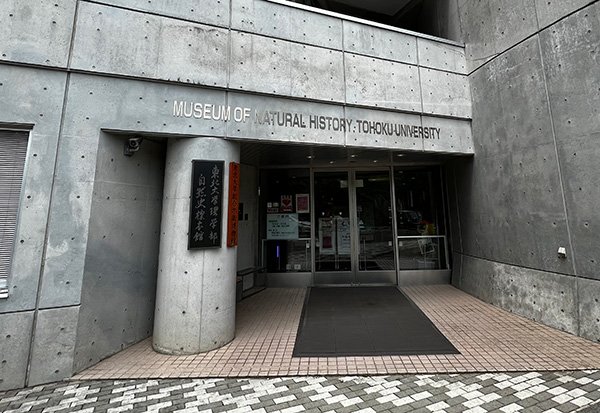
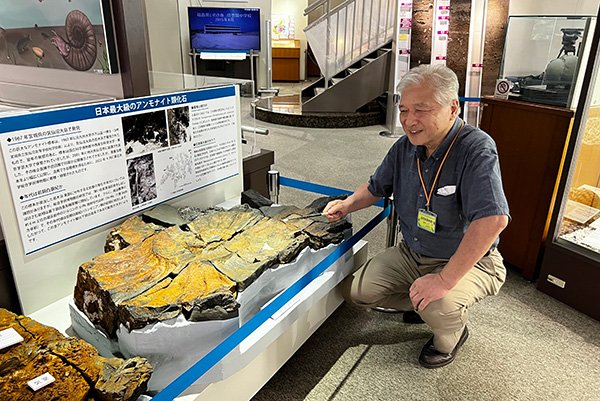
Visitors to the Tohoku University Museum will now be able to see one on display. "I think people who come to our museum, even if they know about ammonites, they will be surprised that such a large one ever existed in Japan," said Tohoku University's Professor Emeritus Masayuki Ehiro.
Venue: Tohoku University Museum (at Aobayama Campus)
Address: 6-3 Aoba, Aramaki, Aoba-ku, Sendai, Miyagi 980-8578 Japan (Map)
Museum hours: Tues - Sun, 10 a.m. - 4 p.m.
Admission: Adults 150 yen, Children 80 yen
Free admission for: Tohoku University's ID holders, elementary and junior high school students who live in Sendai City
This giant ammonite fossil was first discovered in 1967 on the eastern coast of Oshima in Kesennuma City by a high school student named Shimoyama. Based on the remaining shell, the specimen is estimated to have had an original diameter exceeding 120 centimeters, making it one of the largest in Japan.
The fossil was excavated by local volunteers and studied by experts at the National Museum of History and Science. It was then stored at various museums around the country before being returned to Kesennuma in 2001. Since then, it has only been seen in public a few times in brief exhibitions.
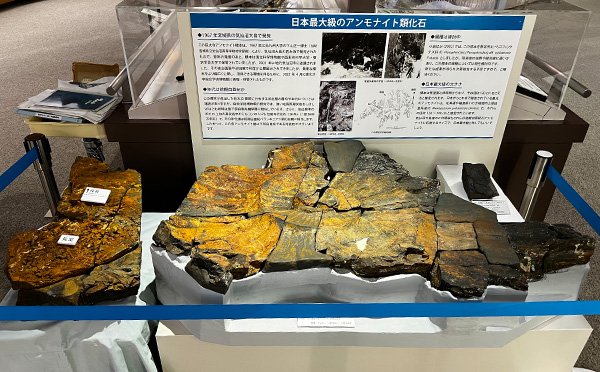
In order to make the specimen more accessible, it was donated to the Tohoku University Museum in April 2022, and is now part of the museum's permanent collection, to be widely viewed and studied.
In addition to being extremely rare, almost all known giant ammonites from Japan are believed to be from the Late Cretaceous period. The Kesennuma Oshima ammonite however, dates from the Late Jurassic to Early Cretaceous period, making it an important specimen for the study of Japanese ammonites.
While the giant ammonite fossil is the newest attraction at the Tohoku University Museum, there are many other important geological exhibits - fossils, rocks and minerals - that offer visitors a fascinating glimpse of the ancient world. "Tohoku University has a long history of studies in paleontology, so we have many important materials and geological collections at the museum," said Ehiro.
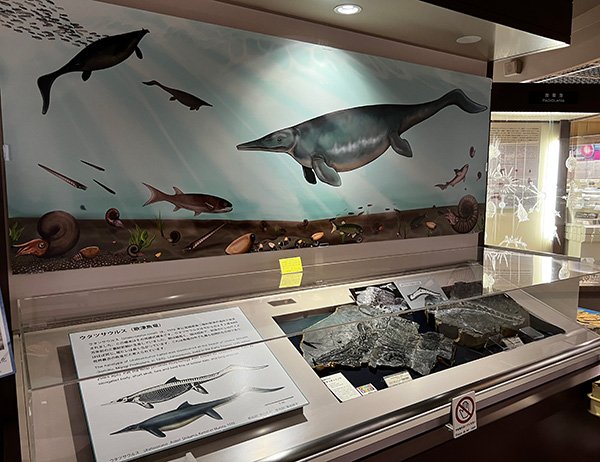
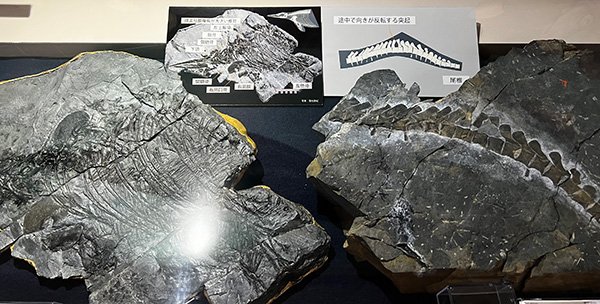
An example is the holotype of Utatsusaurus hataii, which is the earliest-known ichthyopterygian, a type of aquatic reptile. "This was discovered in 1970 on the beach of Utatsu in Minamisanriku Town here in Miyagi Prefecture. We think Utatsusaurus hataii was probably very popular in the Minamisanriku area during the Early Triassic period."
For more information about the giant ammonite fossil, the Utatsusaurus hataii and other exhibits at the Tohoku University Museum, please drop by the museum at Aobayama Campus, or visit the website.
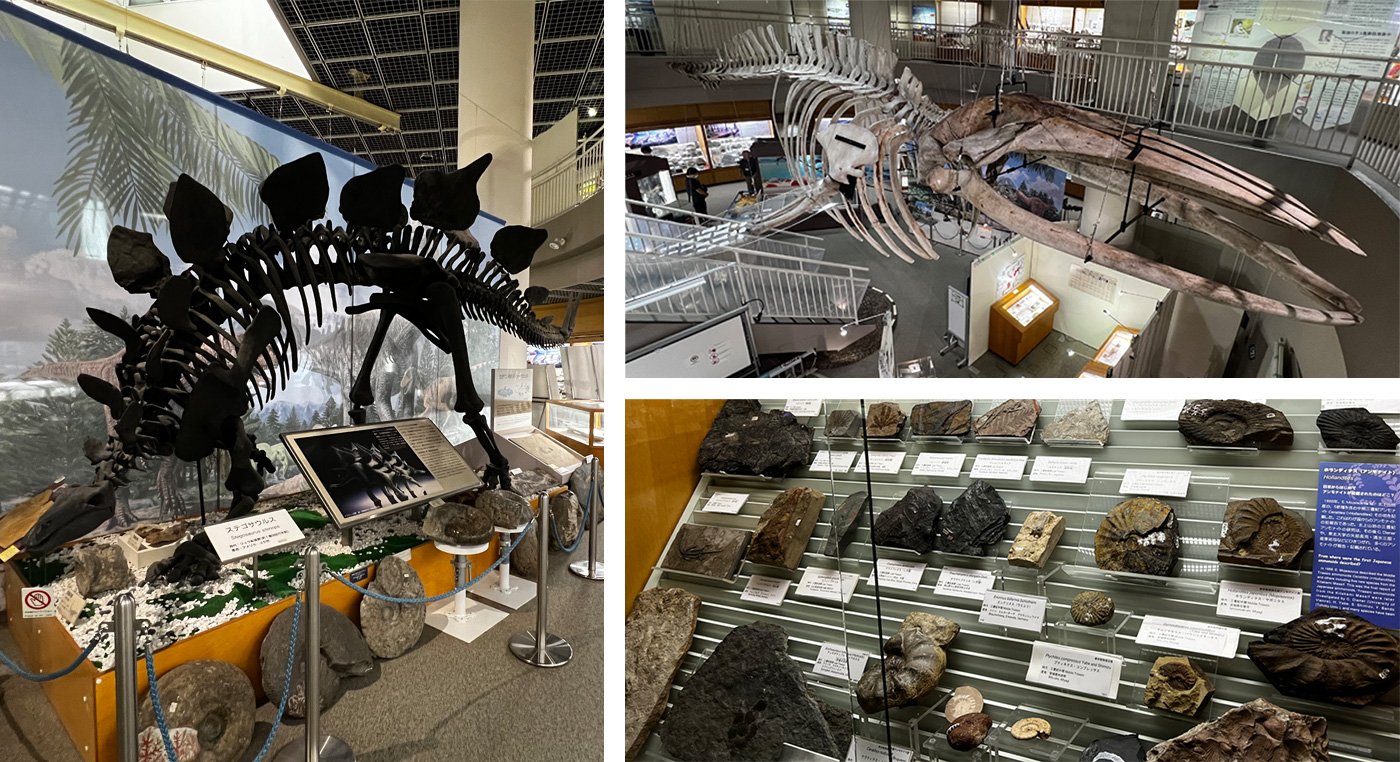
Contact:
Tohoku University Museum
Professor Emeritus Masayuki Ehiro
Tel: 022-795-3177
Email: masayuki.ehiro.d4 tohoku.ac.jp
tohoku.ac.jp
Tohoku University Graduate School of Science
Public Relations and Outreach Support Office
Tel: 022-795-6708
Email: sci-pr mail.sci.tohoku.ac.jp
mail.sci.tohoku.ac.jp

